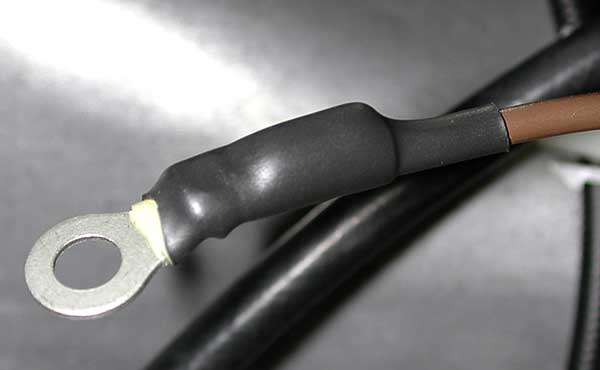No, it's also to 'glue' it in place so it can't slip if the wire is bent. The glue actually adds to the 'strain relief' part of using shrinktube by making the insulation a more 'continuous' piece. If you're installing a splice someplace where you know there's going to be movement, this is the stuff to use...
'78E original owner
'78E original owner





 ) That accelerates any and all moisture/corrosion processes so in far less time than one would expect: Epic Fail. (Did I ever mention that I was a fireman??)
) That accelerates any and all moisture/corrosion processes so in far less time than one would expect: Epic Fail. (Did I ever mention that I was a fireman??)


Comment